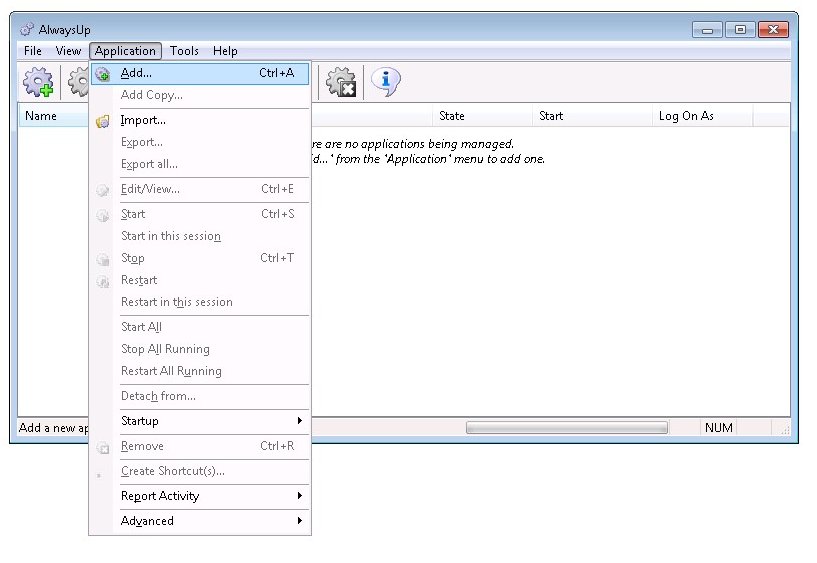

Users on 64-bit Windows who download Firefox can get our 64-bit version by default. That means you get a more secure version of Firefox, one that also crashes a whole lot less. How much less? In our tests so far, 64-bit Firefox reduced crashes by 39% on machines with 4GB of RAM or more.
What’s the difference between 32-bit and 64-bit?
Installing Mozilla Firefox on Windows Go to www.firefox.com and click the big green “Free Download” button in the middle of the page. When prompted to run or save, choose “Run”. You may face another prompt/warning when the installer is downloaded and ready. NEW - Windows: Firefox is now easier to update with one less prompt (User Account Control) NEW - Page Source now has line numbers; CHANGED - Line breaks are now supported in the title attribute.
Here’s the key thing to know: 64-bit applications can access more memory and are less likely to crash than 32-bit applications. Also, with the jump from 32 to 64 bits, a security feature called Address Space Layout Randomization (ASLR) works better to protect you from attackers. Linux and macOS users, fret not, you already enjoy a Firefox that’s optimized for 64-bit.

How do you get 64-bit Firefox?
If you’re running 64-bit Windows (here’s how to check), your Firefox may already be 64-bit. Check your Firefox version (in the “About Firefox” window) and look for “(32-bit)” or “(64-bit)” after the version number:
Firefox Installer Windows 7 Download
- If you see “(32-bit)” and you are running Firefox 56.0 or older, updating to the latest Firefox version should automatically upgrade you to 64-bit.
- If you see “(32-bit)” and are running Firefox 56.0.1 or newer, then your computer may not meet the minimum memory requirement for 64-bit (3 GB RAM or more). You can still manually install 64-bit Firefox, if you choose.